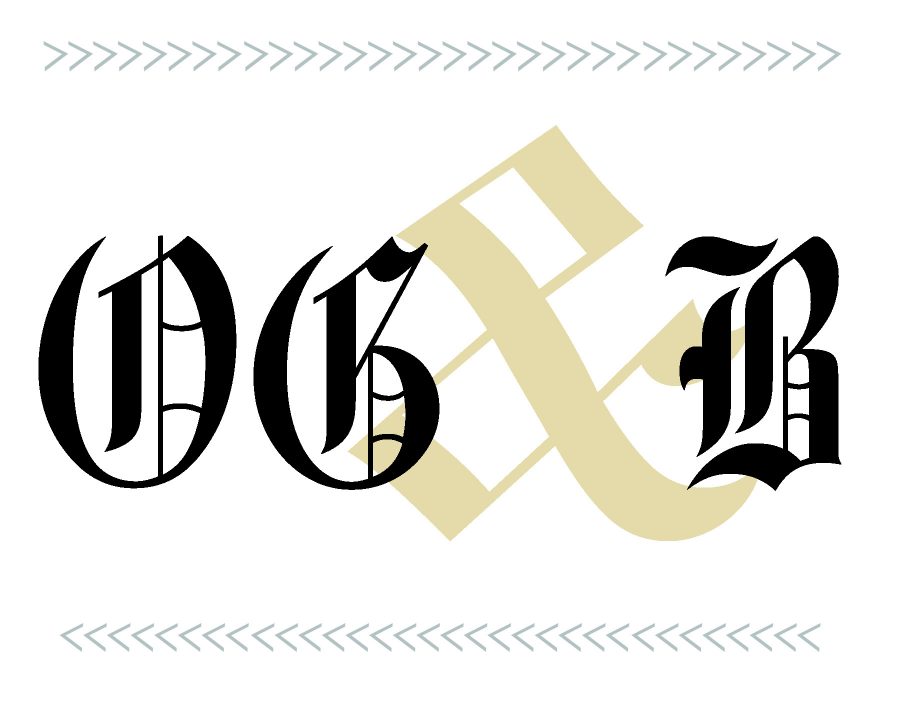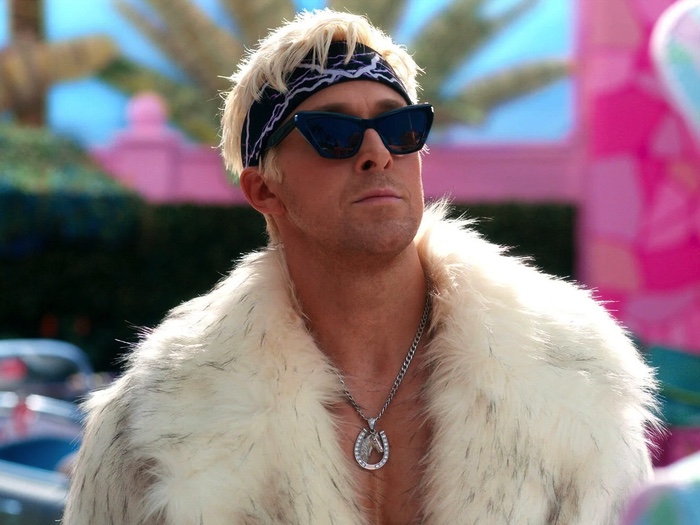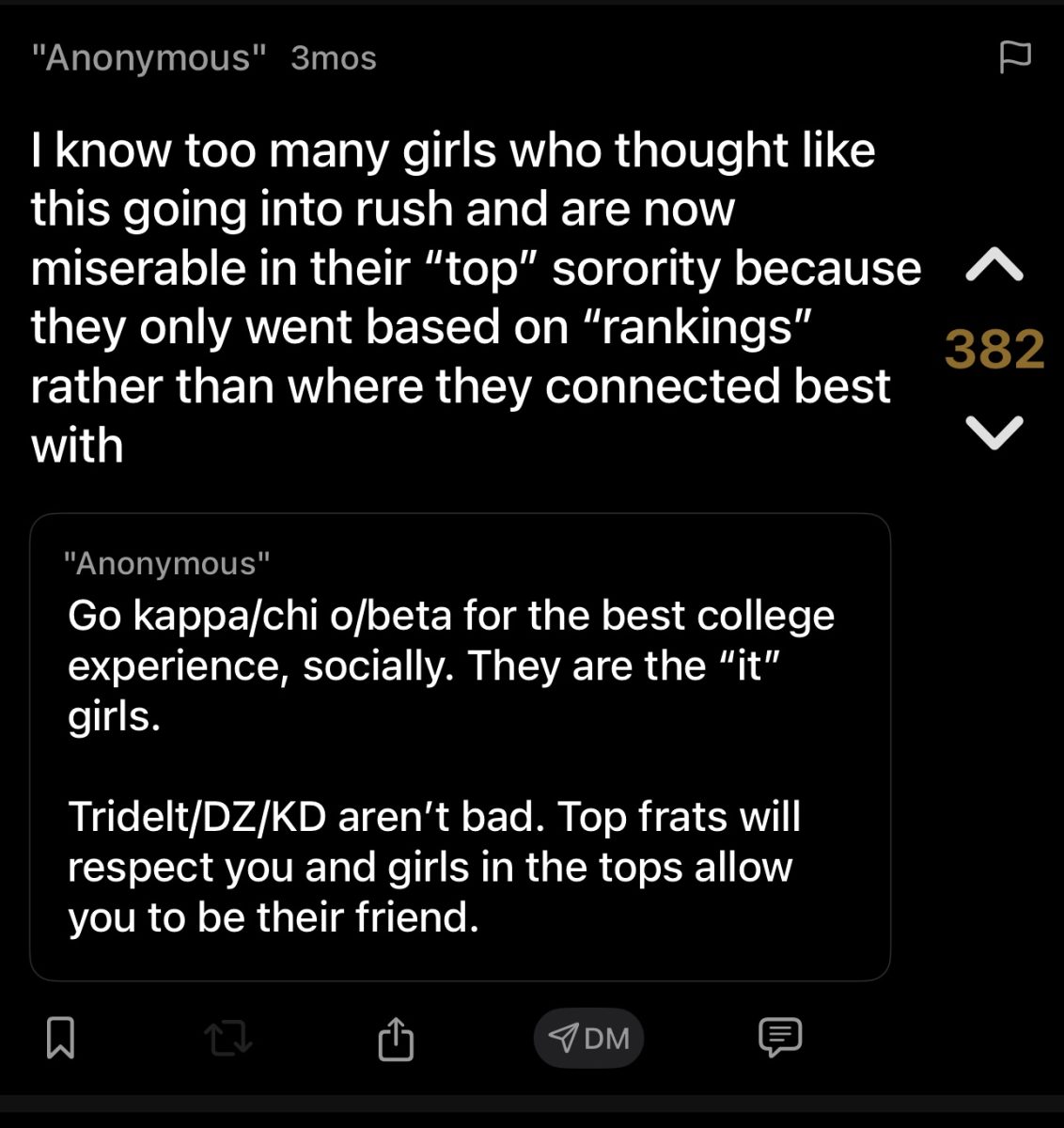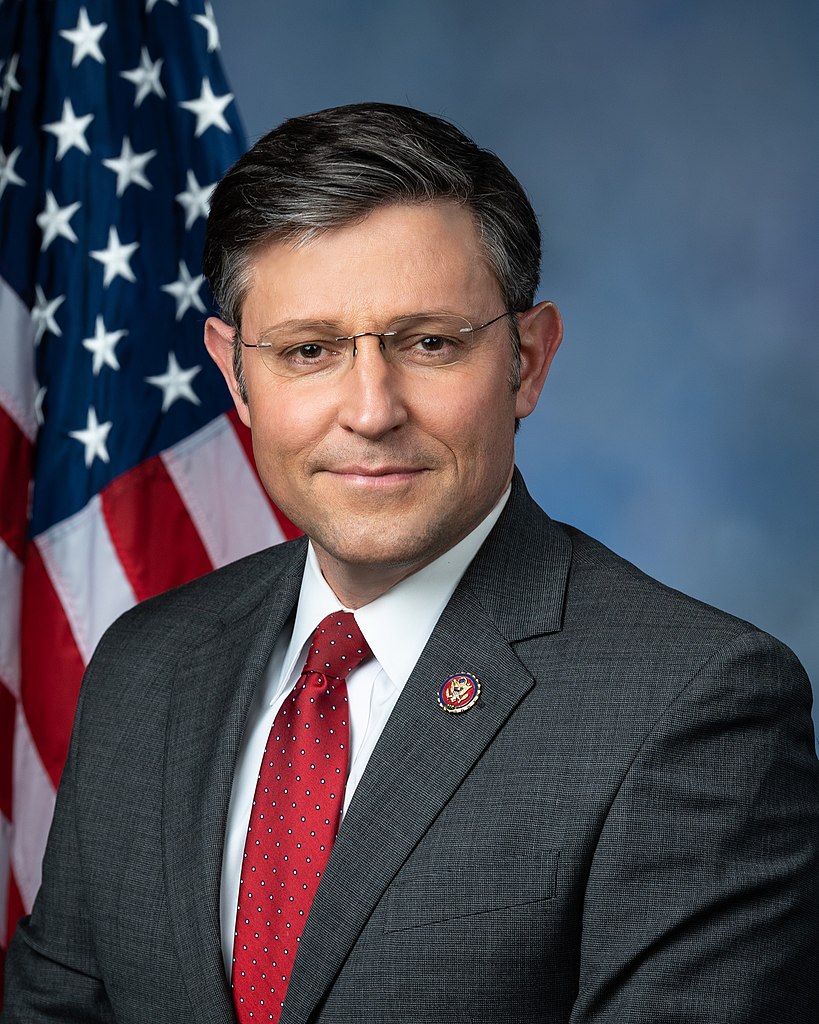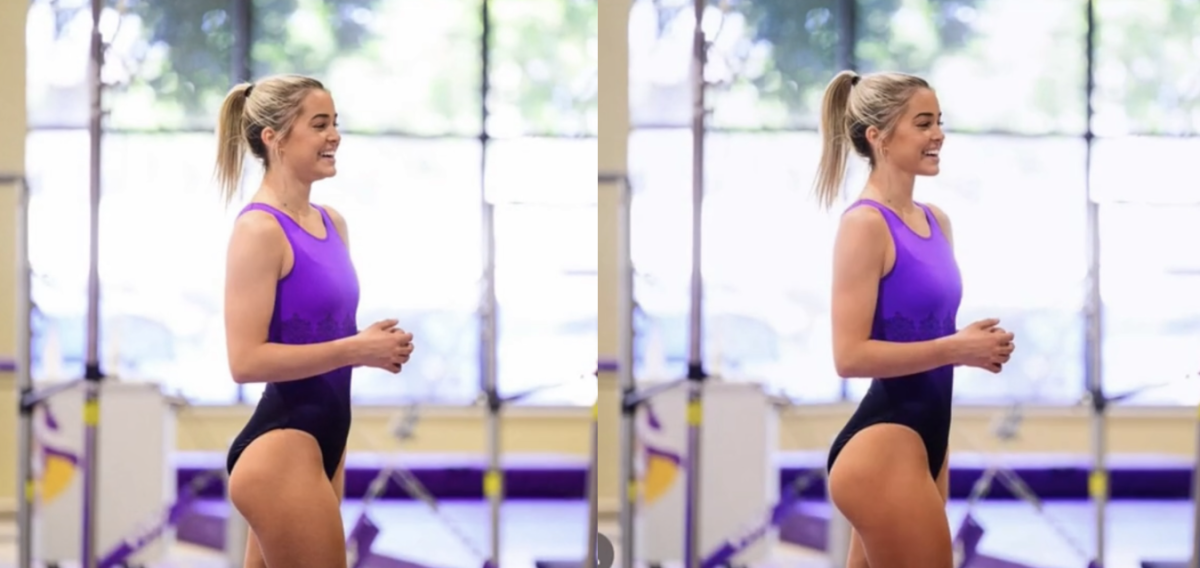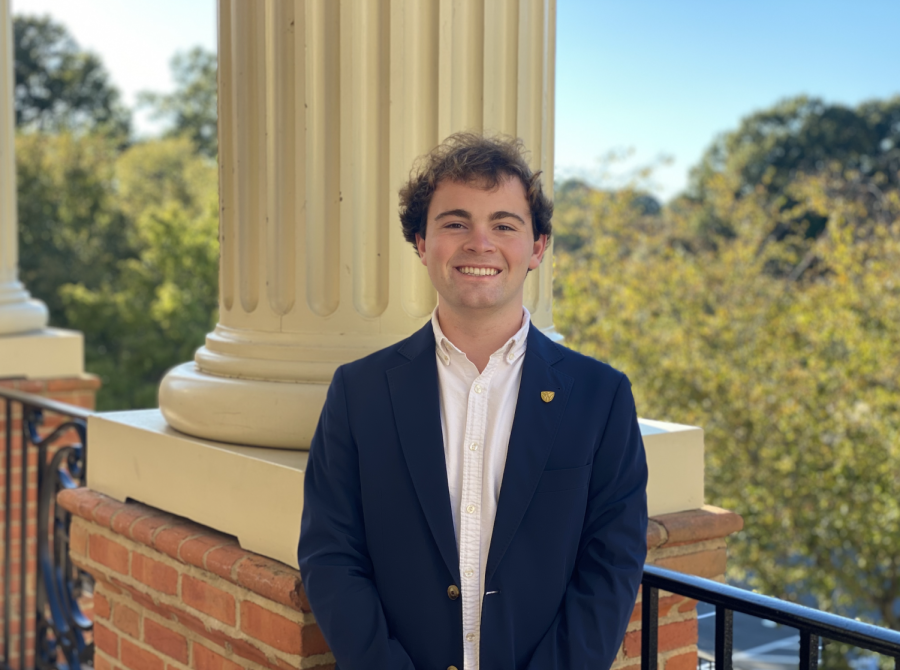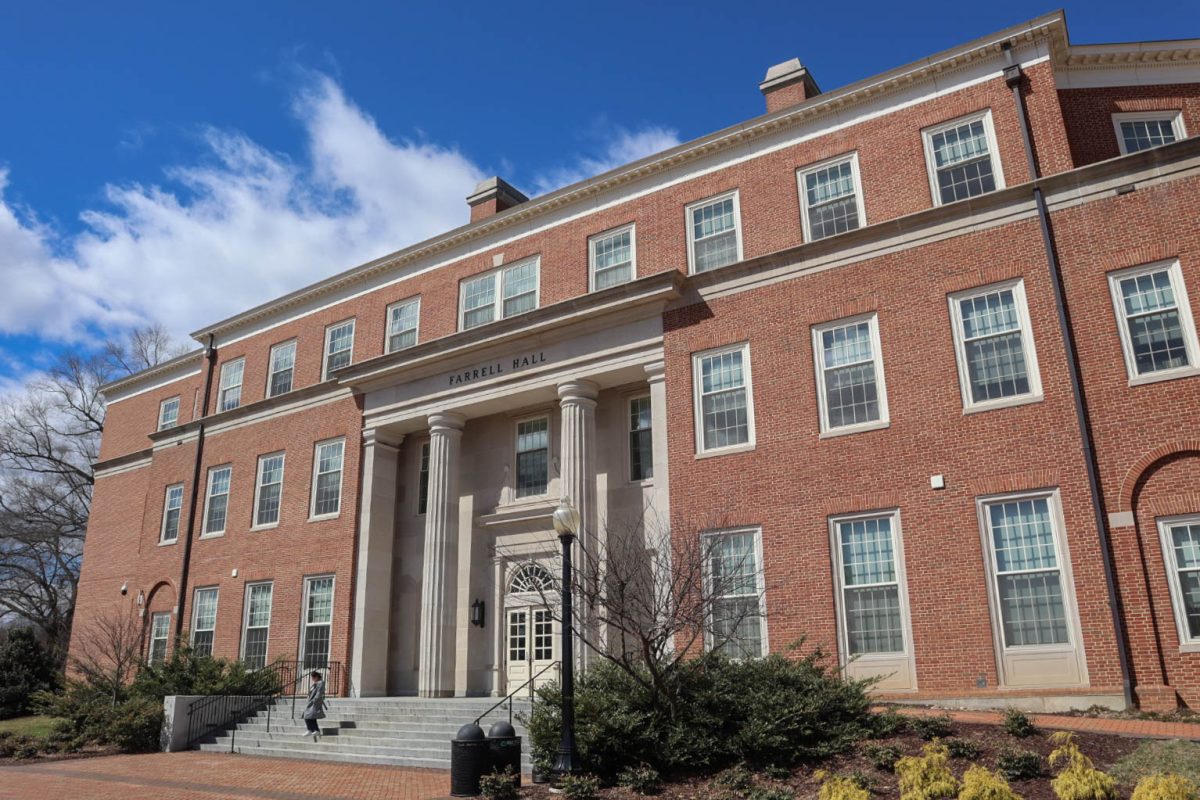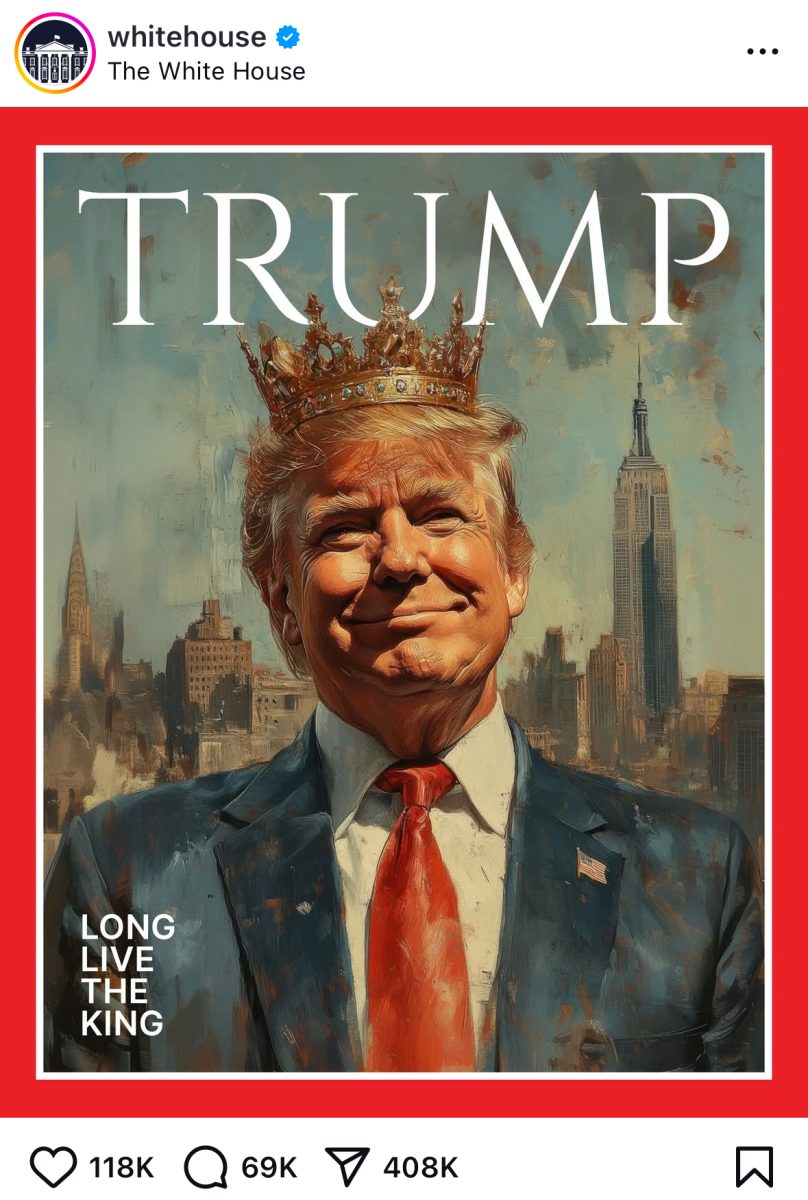As communities look for measures to address the changing climate, agricultural production proves to be a key practice in need of improvement.
The small island of Ærø in southwest Denmark, neighboring the Baltic Sea, is home to an example of environmental hope
Nils Ørum, an experienced environmental activist whose passion stems from his mother’s environmental concerns, is responsible for establishing the Vesteraas Ecological Farm in Ærø. The agriculture sector of Ærø’s economy is dominated by wheat production, which has led to significant loss in the island’s biodiversity — a metric that measures the health of the local ecosystems, plant and animal life.
Ørum recognized this issue and sought an agricultural contrast. According to the farmer and activist, “I see biodiversity as a key to a healthy, sound farming system . . . the reason I like to farm is because I believe it enriches my surroundings.”
His approach encourages a restoration of local biodiversity, allowing native plants such as mustard seed, plums, berries, cloverleaf and other greens to grow in accordance to their natural means in the greater island ecosystem. In addition to the plants are pigs, horses, sheep, bulls and chickens.
The difference between conventional farming and Ørum’s work is the scale of the production in comparison to the size of the land. The animals are provided more space, allowing for better living conditions and organic feed. This combination ensures higher quality meat for consumers on the island. Grown in responsible quantities, and in locations where they would naturally be found, the plants are enriched from the nutrient-dense soil, yet spaced in a way as to not deplete it. Nutrient-depletion in soil is a significant issue in conventional farming.
Ørum observes biodiversity and its effect on agricultural produce through a more holistic lens than the average farmer. “I don’t see any difference between what is going on outside of my body and what is going on inside of my body because both impact my health.”
Pressing the need to understand the overall effect of conventional farming practices, which involves mass production and intensive plowing of large areas of land, Ørum further explains that “80 percent of Ærø is plowed, and the consequence is collapsed food chains … it is a fact, and if you ignore that, you are pulling everyone down.”
When the biodiversity of the land is compromised, everyone living on the land is affected, the farmer asserts. The urgency to address dwindling biodiversity around the world stems from its effects on the quality of food communities eat, environmental stability, and abundance of indigenous life.
The authorized nature guide urges countries and local communities alike to address the major agricultural dilemma of feeding growing populations while establishing more ethical measures to farm and cultivate land.
“We need a paradigm shift” ‘My mom stood up when I turned 18 and said, ‘I am so proud of you, but I must tell you that you are 30 years in front of your time… you are 30 years in front, it will come.”
Now having enjoyed more than a half century on earth, the towering danish famer hopes his mother was right.
Business and social complacency is a point of frustration for Ørum. The farmer sees hope in young people and their increased environmental engagement, yet he urges for even bolder measures for future generations.
“While we have all the knowledge necessary, it is still escalating, and it is still people denying facts . . . this is not a matter of us, this a matter of future generations, and we are undermining our existence and it is killing us.”
The Danish farmer connects his lifestyle to his farming business.
“The purpose of life, in my opinion, is to give something, not take.”
For skeptics who question the lengthy nature of Nils’ investment, a 25-year maintenance of his farming land and the resulting proliferation of indigenous biodiversity, he says “The payback, I’m telling you … is a gift”
The gift, Ørum’s farm and housing accommodations, attracts families from all over the world, with parents who desire for their children to experience an abundance of life and nature. The Dane hopes to have his home serve as an example of what can be replicated by individuals who invest time and effort into their local communities.



